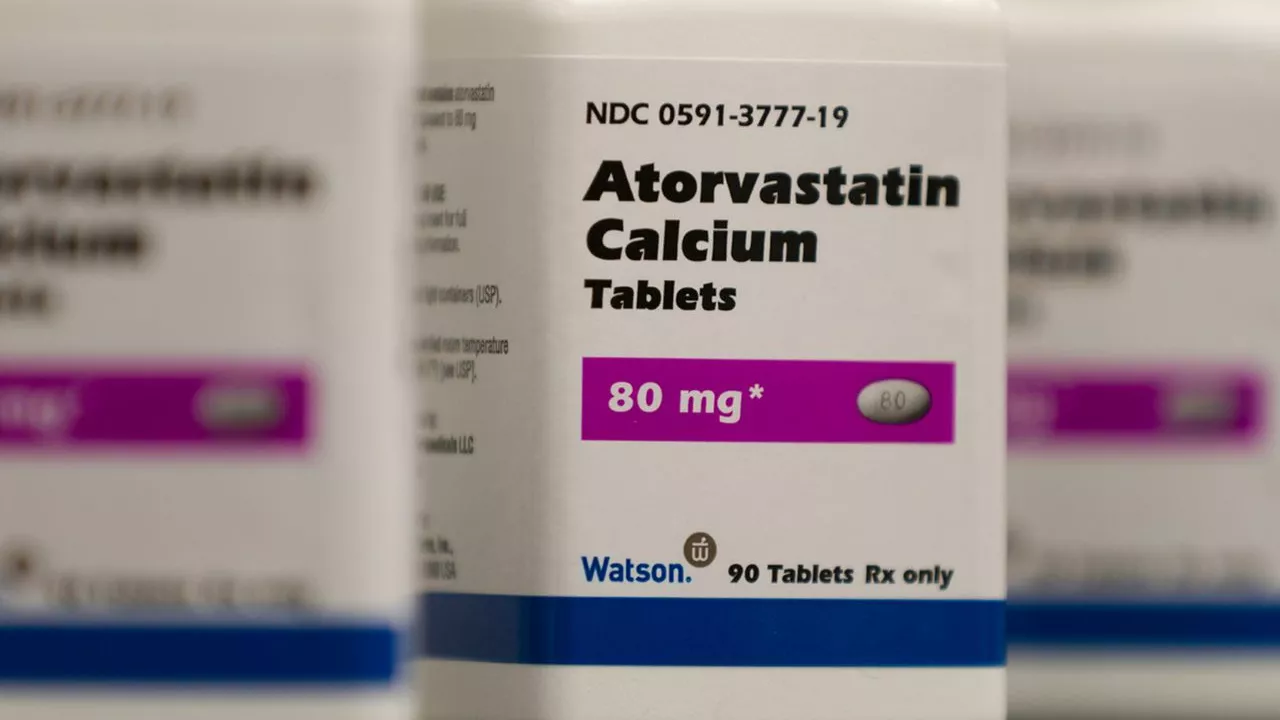Medication use: Practical tips to take medicines safely and effectively
Taking medicine sounds simple, but small mistakes cause big problems. This guide gives clear, useful steps you can use today to get the most benefit and avoid common risks.
Simple rules to use meds safely
Read the label every time. Look for dose, timing, route (pill, patch, injection), and special warnings like "take with food." If instructions are unclear, stop and ask—don't guess.
Keep a medication list. Write drug names (including generics), doses, when you take them, and why. Carry a copy to appointments and share it with any new provider. That prevents dangerous duplicates and interactions.
Follow the schedule. Set phone alarms or use a pillbox. Missing doses or taking extras to "catch up" can harm you. If you miss a dose, check the leaflet or ask your pharmacist for the right step.
Watch for interactions. Some drugs react with each other, with supplements, or with food. Grapefruit and alcohol are common culprits. Tell your clinician everything you take, even vitamins and herbal supplements.
Store meds correctly. Most pills do fine at room temperature, away from heat and moisture. Some need refrigeration—double-check. Keep medicines out of reach of children and pets.
Know side effects. Learn common and serious signs to watch for. If you get a rash, breathing trouble, fainting, severe stomach pain, or other alarming symptoms, seek medical help right away.
Practical tips for buying and stopping medicines
Use a reliable pharmacy. If you buy online, choose one that requires a prescription and shows contact details. Cheaper isn't better if safety is missing.
Ask about generics. Generic drugs have the same active ingredients and are usually cheaper. If the pills look different when the pharmacy switches brands, confirm it's the same medication to avoid confusion.
Don’t stop abruptly unless instructed. Stopping some medicines suddenly—like antidepressants, steroids, or blood pressure drugs—can cause rebound effects. Talk to your provider about a taper plan if you want to stop.
Dispose of old meds safely. Many communities have take-back programs; pharmacies often accept returns. If none exist, mix drugs with coffee grounds or cat litter in a sealed bag before trashing them to reduce misuse.
Keep communication open. If a drug causes side effects, makes daily life worse, or costs too much, tell your clinician. There are often safer or cheaper alternatives.
Small habits save lives: read labels, keep a list, use alarms, and ask questions. Medication use doesn't need to be stressful—just follow clear steps and get help when something feels off.
Special cases need extra care. Pregnant people, nursing parents, kids, and older adults react differently to drugs. Always check pregnancy categories and ask about breastfeeding safety. For chronic conditions, monitor labs like liver enzymes, kidney function, or blood counts as recommended. Bring your medication list to every visit and update it after any change. If you manage meds for someone else, label doses clearly and keep refill dates in a shared calendar. Small checks prevent big mistakes.
Start with one change and build consistent habits every week.

The Long-Term Effects of Atorvastatin Use
In my recent exploration, I delved into the long-term effects of Atorvastatin use, a medication commonly used to manage high cholesterol. I found that while it can effectively lower cholesterol levels and reduce the risk of heart disease, it's not without side effects. Long-term use can potentially lead to issues like liver damage, type 2 diabetes, and muscle inflammation or damage. It's crucial that patients on Atorvastatin maintain regular check-ups with their doctors to monitor any possible side effects. However, it's important to remember that for many, the benefits of taking Atorvastatin outweigh these potential risks.
- Health and Wellness (58)
- Drug Information (45)
- Pharmacy Information (19)
- Medical Conditions (17)
- Supplements (4)
- Diabetes (3)
- Travel Health (2)
- Parenting (2)
- Mental Health (2)
- Heart Health (1)
-
Linezolid and Serotonin Syndrome: What You Need to Know About Antidepressant Risks
17 Nov 2025 -
Build a Strong Support Network While Living with Proctitis
4 Oct 2025 -
The importance of staying hydrated during capecitabine treatment
27 Apr 2023 -
Thyroid Medications: How to Take Levothyroxine Right to Avoid Absorption Problems
11 Dec 2025 -
Personalized Exercise Plan for Preventing Acute Skeletal Muscle Conditions
27 Apr 2025

26.07.23
Alistair Mukondiwa
20